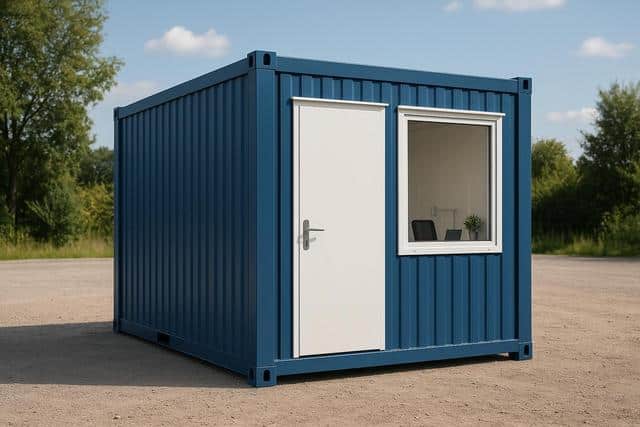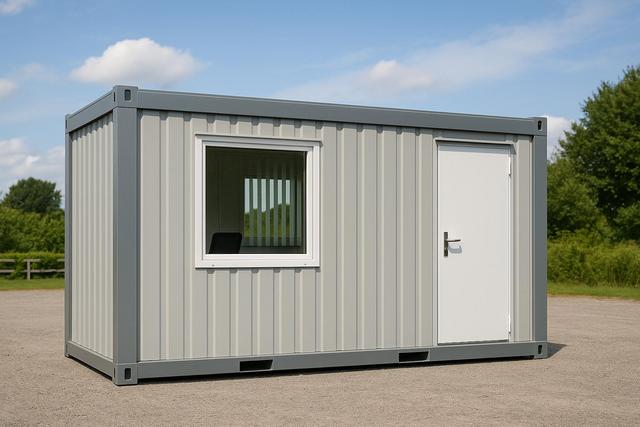
Exploring the Impact of Fast Fashion on the Environment
As awareness around environmental sustainability grows, the fast fashion industry is increasingly under scrutiny for its impact on our planet. Fast fashion, characterized by its rapid production cycles and low-cost garments, offers consumers the latest trends at affordable prices. However, this convenience comes with significant environmental costs.
The environmental implications of fast fashion are profound and multifaceted. According to a report by the Ellen MacArthur Foundation, the fashion industry produces 92 million tons of waste annually, with a significant portion attributed to fast fashion. The rapid turnover of trends encourages consumers to buy more, dispose of garments quickly, and contribute to overflowing landfills. Moreover, the production process is resource-intensive, consuming vast amounts of water and energy. The World Bank estimates that the fashion industry is responsible for 10% of global carbon emissions, a figure that rivals that of international aviation and shipping combined.
Expert Opinions on Fast Fashion
Dr. Lucy Siegle, an environmental journalist and advocate for sustainable fashion, highlights the urgency of addressing fast fashion’s impact. She notes, “The rapid cycle of fast fashion is a key driver of environmental degradation. We need to slow down consumption and encourage sustainable practices.” This sentiment is echoed by many in the industry who are pushing for a shift towards more ethical and sustainable fashion practices.
Statistics and Research Findings
| Aspect | Statistic |
|---|---|
| Annual Waste | 92 million tons |
| Water Usage | 79 billion cubic meters/year |
| Carbon Emissions | 10% of global emissions |
| Garment Lifespan | Less than 3 years |
| Recycling Rate | Less than 1% |
| Energy Consumption | 150 million tons of coal equivalent/year |
| Water Pollution | 20% of industrial water pollution |
| Landfill Contribution | 85% of textiles |
Personal Anecdotes and Examples
Consider the story of Lisa, a passionate advocate for sustainable living. After learning about the environmental impact of her shopping habits, she decided to drastically reduce her fast fashion purchases. Instead, Lisa now invests in quality, sustainable clothing brands and participates in clothing swaps with friends. Her journey demonstrates that individual actions can contribute to broader change.
Actionable Tips for Sustainable Fashion
- Opt for quality over quantity: Invest in well-made garments that will last longer.
- Explore second-hand options: Thrift stores, consignment shops, and online marketplaces offer unique and sustainable fashion choices.
- Support sustainable brands: Choose companies that prioritize ethical production practices.
- Practice mindful consumption: Before purchasing, consider if the item is truly needed and if it aligns with sustainable values.
Consider implementing a “one in, one out” rule for your wardrobe. For each new item you purchase, donate or recycle an old one to maintain a balanced and sustainable closet.
Conclusion
The fast fashion industry’s impact on the environment is undeniable, but change is possible. By making conscious choices, supporting sustainable practices, and advocating for change, we can help reduce the environmental burden of our clothing choices. For more resources and sustainable fashion tips, visit Fashion Revolution or Sustainable Fashion.
Frequently Asked Questions
What is fast fashion?
Fast fashion refers to the rapid production of inexpensive clothing to meet the latest trends, often resulting in significant environmental and social impacts.
How does fast fashion affect the environment?
Fast fashion contributes to pollution, waste, and resource depletion through excessive water and energy use, high carbon emissions, and the disposal of garments.
What can individuals do to combat fast fashion?
Individuals can reduce their impact by buying less, choosing sustainable brands, recycling old clothes, and supporting ethical fashion practices.


